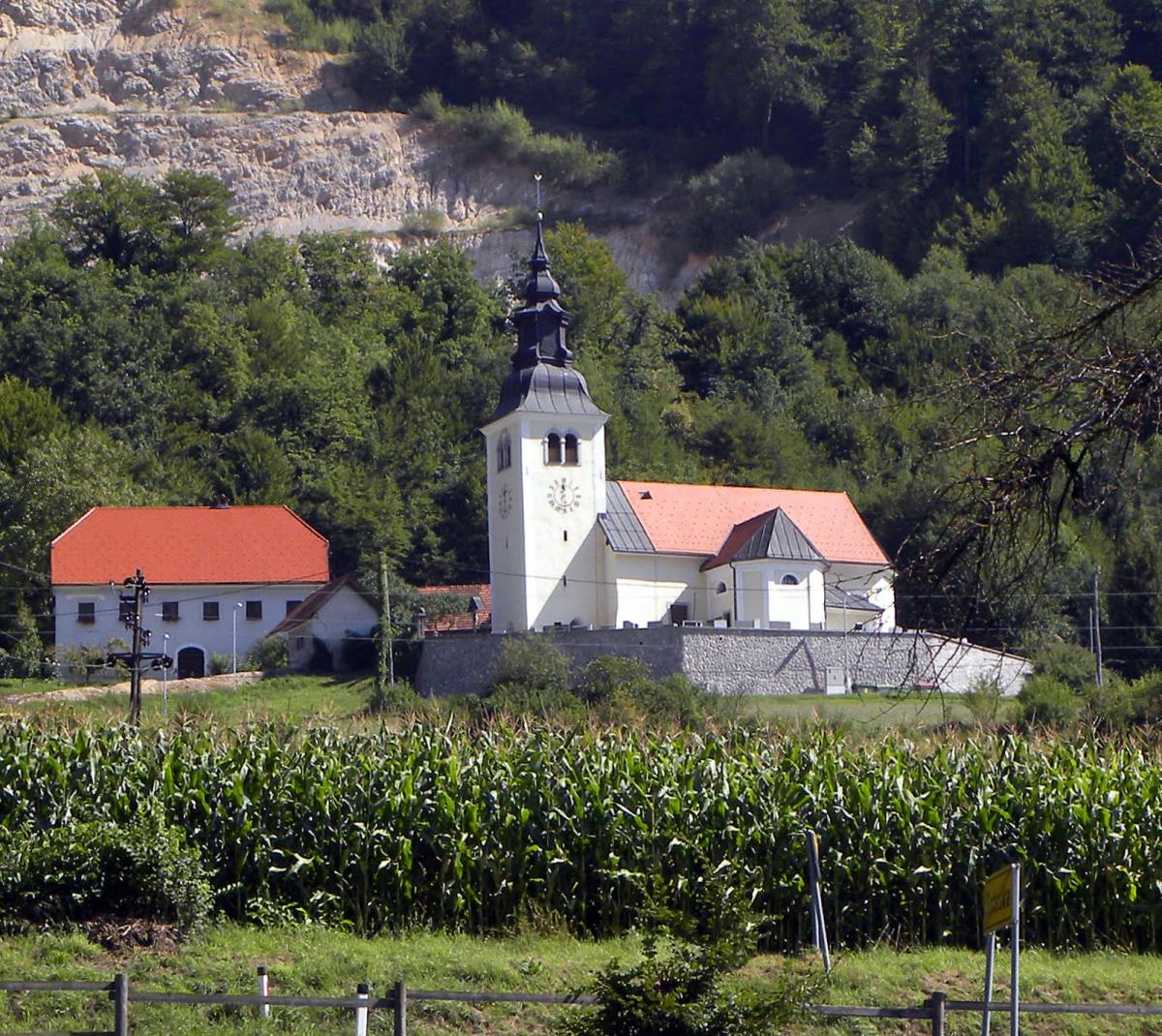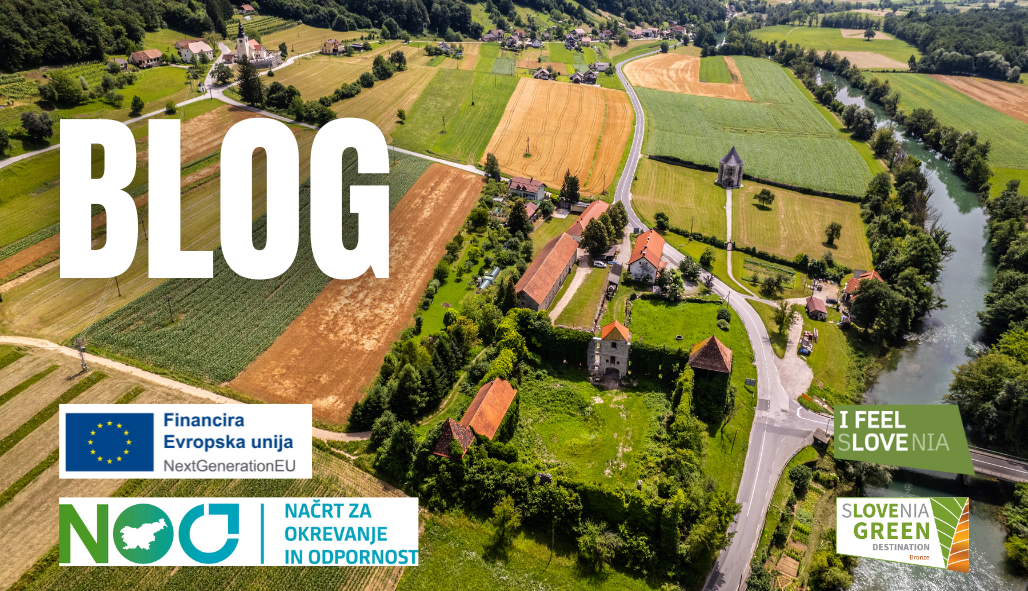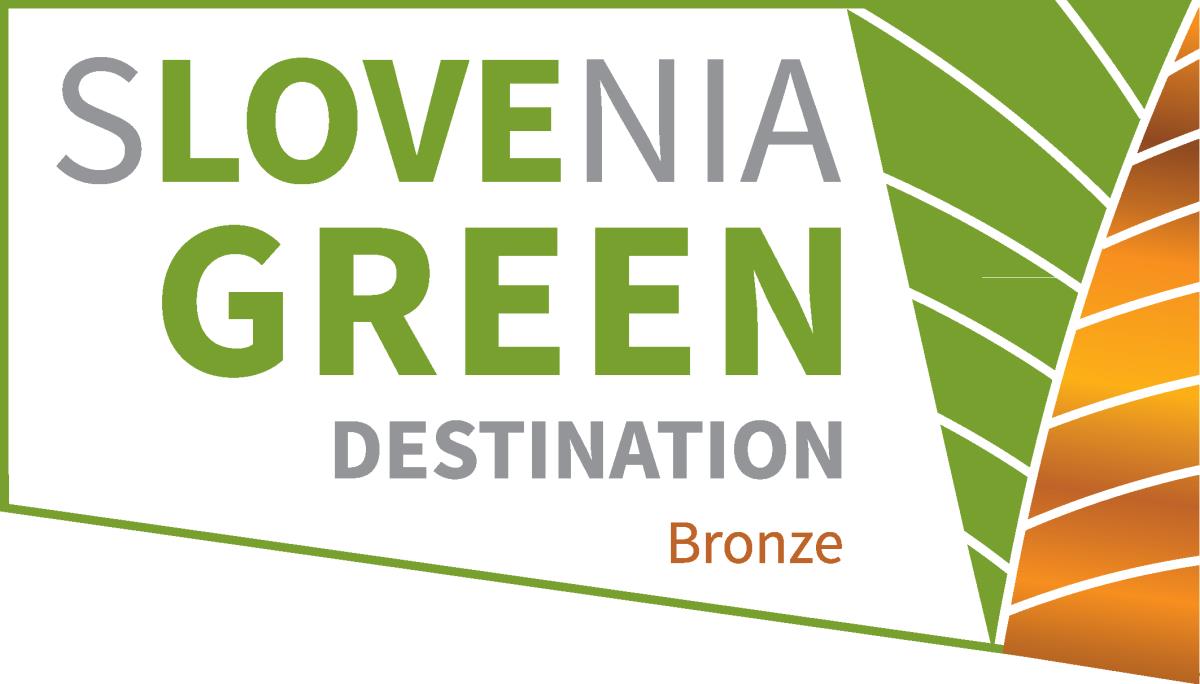ST. ERASMUS CHURCH IN SOTESKA
Znane stavbe, Sakralni objekti, Kulturna dediščina, Zgodovinska dediščina
Soteska, 8351 Straža
The parish of Soteska is one of the two parishes that no longer have a permanent priest. It was founded in 1617, and the current church building was built between 1680 and 1690. The original church is said to have stood here before 1400, when the first priest of its own is mentioned. Its builders and patrons were the lords of Soteska estate. The church stands in the historically important settlement of Soteska, which lies in the area where Krka River flows into its first wider valley. In this heritage area, both river banks are under monument protection. Its strategic position is reflected in the mighty, recently partially reconstructed manor, which Carniolan polymath Janez Vajkard Valvasor (Johann Weikhard Freiherr von Valvasor) already described as one of the most beautiful in the whole of historical Duchy of Carniola.
On the right bank of Krka River lie the barely visible remains of a much older castle. It is the only church dedicated to St. Erasmus (St. Elmo) in Slovenia. Bishop and martyr St. Erasmus is the patron of domestic animals, sailors, rope makers, turners, weavers, violinists, pregnant women during childbirth, intercessor for abdominal, stomach and intestinal diseases, infectious diseases of livestock and has been one of the 14 emergency intercessors since the Middle Ages. He worked during the time of the Roman emperor Diocletian, who began a mass persecution of Christians, but nevertheless continued to christianize the pagans and fell out of favor. He is usually depicted in episcopal robes, with a miter and staff and the instruments with which he was tortured, e.g. with awls for his toenails, standing in a cauldron, ... Sailors depicted him with a winch on which ropes were wound - on the mainland, these ropes were interpreted as intestines and they believed that his intestines were torn out with an anchor, so he is also the patron saint of intestines and those who made winches. According to Christian tradition, he was rescued from prison by the Archangel Gabriel and transported to Italy, where he died peacefully. Several miracles are attributed to him: among other things, he is said to have been miraculously saved from prison twice. On his escape to Italy, he is said to have calmed down a raging storm on the ship with prayer - a special phenomenon related to static electricity, when the masts caught fire at firing shots, i.e. the fire of St. Elmo. Erasmus celebrates on June 2, the Christian name means a loving person, and many Slovenian surnames and names are etymologically derived from his name: Erazem, Oraš, Oraž, Oražè, Orož, Rože, Rožej, Režè, Režek, Režun, Rožič, Rožman, Oražen, Orožim, Rožem, Oražen, Oražem and others. The most famous figure in Slovenian history is Erazem Predjamski, and in Europe the Dutch humanist Erasmus of Rotterdam.
The former main wooden altar has been unfortunately destroyed, today, the scenery of the altar is painted on the wall, and in the middle hangs an icon of St. Erasmus. The coffered ceiling in the presbytery has been richly painted. This Goldenstein`s painting has also been destroyed. Both altars remained in the side chapel and are very beautiful products of the Baroque. The southern one is dedicated to the Lord's death on Calvary (underneath it is the grave of God), and the right one to St. Thecla, the sister of St. Erasmus. Her icon is said to be the work of Cebe. On the triumphal arch in the presbytery, the tombstone of Ivan Adam Gallenberg has been built on the inside, and the coat of arms of the Gallenbergs is on the outside. There is also a castle tomb in the church.






